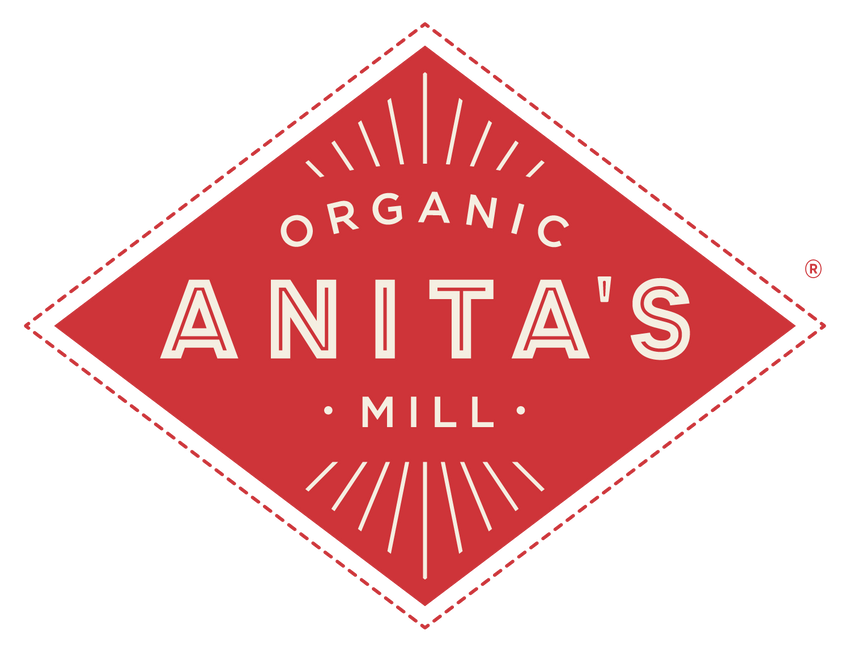![What is Vegetable Butchery? [7 Plant-Based Recipes Included!]](http://naturespath.com/cdn/shop/articles/vegetable-butchery-762157.jpg?v=1725927958&width=3840)
What is Vegetable Butchery? [7 Plant-Based Recipes Included!]
As more and more of the world gets onboard with Meatless Mondays, vegetarianism and veganism, there is a burgeoning vegetable creativity that has emerged. While an excess of meat was once seen as a sign of wealth, now it is seen as overconsumption and unhealthy - not to mention detrimental to the environment. So the veggies that were once relegated to side dishes are now taking center stage.
Tags:
As more and more of the world gets onboard with Meatless Mondays, vegetarianism and veganism, there is a burgeoning vegetable creativity that has emerged. While an excess of meat was once seen as a sign of wealth, now it is seen as overconsumption and unhealthy - not to mention detrimental to the environment. So the veggies that were once relegated to side dishes are now taking center stage.
With an evolving society, the roles butcher, baker and candlestick maker are evolving too. The candlestick maker is now dealing with eco-conscious beeswax or soy. The baker is providing gluten-free alternatives. And the butcher is vegetarian, wrapping up beet burgers and tuna-less tuna salad for your weeknight suppers.
Although fresh fall vegetables often shine on their own accord, vegetable butchery takes into account the whole vegetable, without wasting a thing. Did you even know how to use celery leaves? (Me neither.)
Here are some ideas for how to get on the modern day vegetable butchery trend and reduce food waste. (We've included some plant-based recipes as well!)
1. Cauliflower Stems & Leaves
While cauliflower rice and cauliflower steaks take off, we have neglected stems and leaves. Not anymore! The leaves can be roasted like kale chips and the stems can be roasted or pureed just like the rest of the cauliflower. In fact, you can use these same techniques with broccoli.2. Corn Husks
Even if you grill with the husks on, chances are that you discard them soon afterwards. Consider making tamales with the flavorful husks, or even making herbal tea or vegetable stock.3. Radish Greens
If you are lucky to get radishes from the farmer’s market, they likely came home dirty with a shock of fresh green. The leaves are sometimes a little prickly, but broken down with heat, olive oil and a little garlic, they make for some excellent eating.4. Potato Peels
This is a case where we often use the whole plant, but there are also many recipes that ask for peeled potatoes. Consider dousing those peels in olive oil and a generous coat of salt for a snack that is a cross between a potato chip and a french fry. In other words: why have we missed out on this?5. Beet Greens
Eating beets is an ambitious undertaking, requiring plastic gloves or the acceptance of stained-pink hands. Once you have committed, be sure to eat the whole plant. The beet green tops are not only delicious, but also chock full of calcium and magnesium. They are often sandy, so be sure to wash thoroughly and then sauté with your favourite spices for a green feast.6. Carrot Tops
Carrot tops were thought to be poisonous due to their bitter taste, but they're actually 100% edible! Blanch the greens to soften them, or simply saute with some olive oil and garlic. If you really want to elevate your carrot tops, pulse them into a carrot top pesto.7. Kale Stems
Raw kale stems are tough and fibrous, but you can still enjoy them with a little love. Roast them with your kale chips, or if you're feeling adventerous, pickle them with a pickling brine. Add some sugar, salt and spices to infuse your kale stems with delicious flavour! If you're at a loss on what to do with any of your veggie scraps, have no fear! When in doubt, you can easily juice the extras, blend them into your smoothie or incorporate them into your vegetable stock. Keep these 7 tips in mind and you'll be a vegetable butcher in no time!Want to learn about plant based diets?
Would you like to be the first to hear about our new products and more? Sign up for our Nature’s Path Newsletter.








